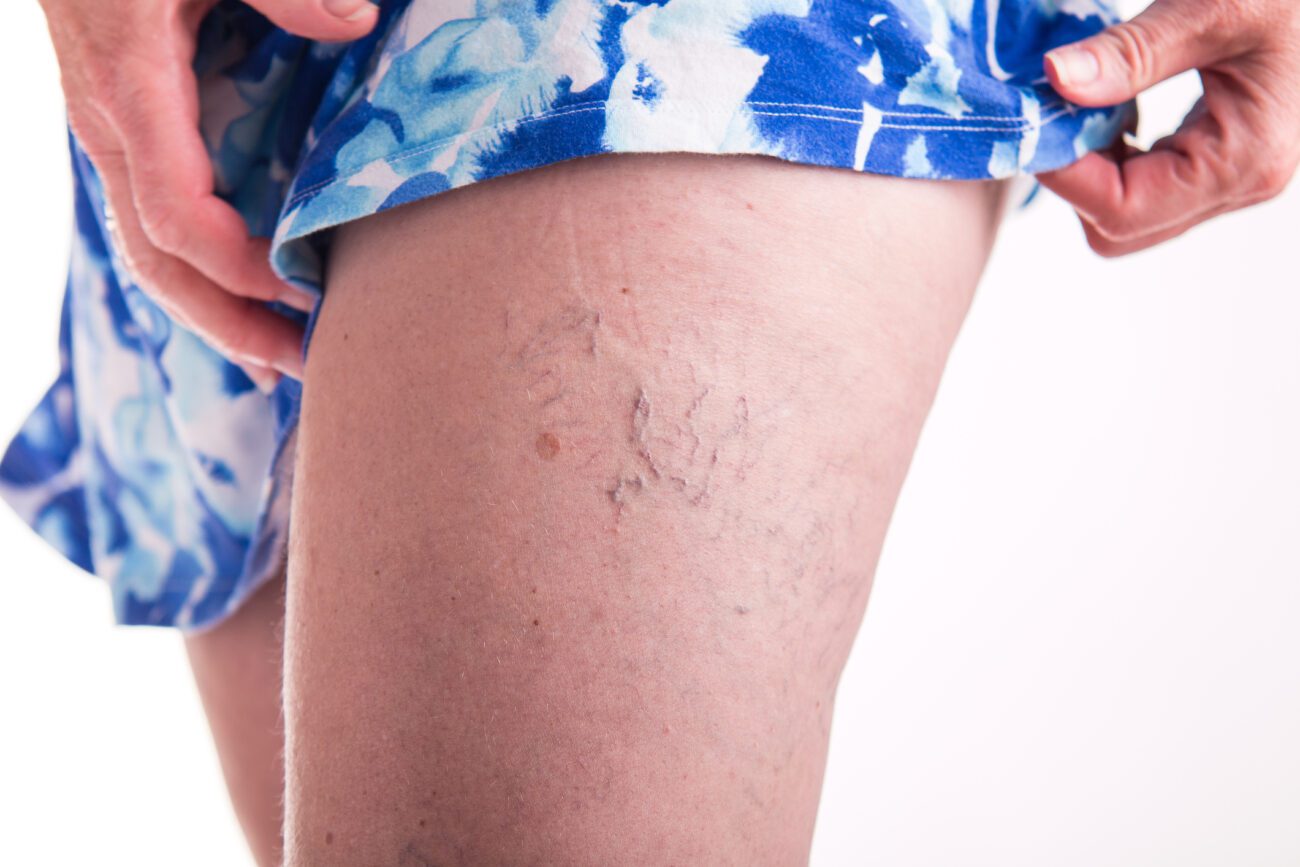Varicose veins are a common issue that affect millions of people around the world. These enlarged, twisted veins usually appear in the legs and can cause discomfort, pain, and even emotional distress. While varicose veins are often seen as a cosmetic concern, they can lead to more serious health issues if left untreated. If you notice certain signs or symptoms, it may be time to seek varicose vein treatment.
Visible Swollen or Bulging Veins
The most obvious sign of varicose veins is the appearance of swollen, bulging veins on the surface of your skin. These veins are often dark purple or blue in color and appear twisted or rope-like. They are most commonly found on the legs, especially around the calves or thighs. If you notice any veins that look abnormal or more pronounced than usual, this could be a signal that varicose veins are developing.
Pain and Discomfort
Varicose veins don’t just look unpleasant; they can also cause physical pain. You might experience aching, cramping, or a heavy feeling in your legs. This often happens after standing or sitting for extended periods. The discomfort can vary from mild to intense. In some cases, it can interfere with your ability to perform everyday activities. If you’re feeling pain or discomfort in your legs, varicose veins could be the underlying cause.
Swelling in the Legs and Feet
Swelling, or edema, is another common sign of varicose veins. This occurs when blood starts to pool in the veins, causing fluid to build up in the tissues of the lower legs and feet. You might notice that your ankles or calves appear more swollen by the end of the day, especially after standing for long periods. If the swelling doesn’t go away with rest or elevating your legs, it’s time to consult a healthcare professional.
Itchy or Dry Skin
Itchy, irritated skin around your varicose veins is another symptom that shouldn’t be ignored. This can occur when the blood vessels beneath the skin become inflamed and cause discomfort. In some cases, you may also notice dry skin or discoloration, which can lead to further complications if not treated. Persistent itching and irritation in the area of the varicose veins should be evaluated by a doctor.
Leg Fatigue and Heaviness
Leg fatigue and a general sense of heaviness in the legs is another symptom commonly associated with varicose veins. The veins are not able to properly circulate blood back to the heart. This leads to a build-up of pressure and a feeling of fatigue or weakness in your legs. This heaviness can worsen after standing or walking for extended periods and may improve with elevation or rest.
Night Cramps
Some people with varicose veins experience leg cramps at night. These cramps can be painful and may wake you from sleep, particularly in the calf muscles. While leg cramps can have multiple causes, frequent nighttime cramps combined with other symptoms like swelling or aching in the legs may point to varicose veins.
When Should You Seek Treatment?
If you’re experiencing any combination of the symptoms above, it’s important to seek medical attention. Although varicose veins are often considered a cosmetic issue, untreated veins can worsen over time and lead to more serious complications. These can include blood clots, skin ulcers, or chronic venous insufficiency.
Frequently Asked Questions
Can exercise help prevent varicose veins?
Yes, regular exercise improves circulation and strengthens leg muscles, which help push blood through the veins. Low-impact activities like walking, swimming, or cycling can reduce the risk of developing varicose veins.
Will varicose veins go away on its own?
Varicose veins do not disappear without treatment, but lifestyle changes can help manage symptoms. Wearing compression stockings, exercising regularly, and elevating your legs can improve circulation and reduce discomfort. Medical treatments like sclerotherapy or laser therapy are necessary to remove or close affected veins permanently.
Do varicose veins only affect older adults?
No, while aging increases the risk, varicose veins can develop at any age. Genetics, pregnancy, weight gain, and long periods of standing or sitting can contribute to their appearance. Even young adults may develop them if they have a family history or certain lifestyle factors.
Can exercise help prevent varicose veins?
Yes, regular exercise helps improve circulation and strengthens leg muscles, which support healthy blood flow. Low-impact activities like walking, swimming, and cycling can reduce pressure on veins and prevent them from worsening. However, some high-impact exercises may increase discomfort if you already have varicose veins.
Can varicose veins develop during pregnancy?
Yes, pregnancy increases the risk of varicose veins due to hormonal changes, increased blood volume, and added pressure on veins from the growing uterus. Many women notice them appearing or worsening in the second and third trimesters. While some may improve after childbirth, others may require treatment if symptoms persist.
Does insurance cover varicose veins?
Insurance may cover treatment if varicose veins cause pain, swelling, or other medical complications. However, coverage is unlikely if the procedure is purely for cosmetic reasons. It’s best to check with your insurance provider to understand your benefits and options.
The good news is that there are several treatment options available to manage varicose veins effectively. At Varicose to Perfect, we’re committed to helping you improve the health of your veins. Contact us today to schedule a consultation and learn more about your varicose vein treatment options.

